Valencia welcome high-flying Villarreal to the Mestalla as they look to move out of the bottom half of the LaLiga table.
Having made a stuttering start (2W 3D 4L), Valencia will be up against it against a Villarreal team…
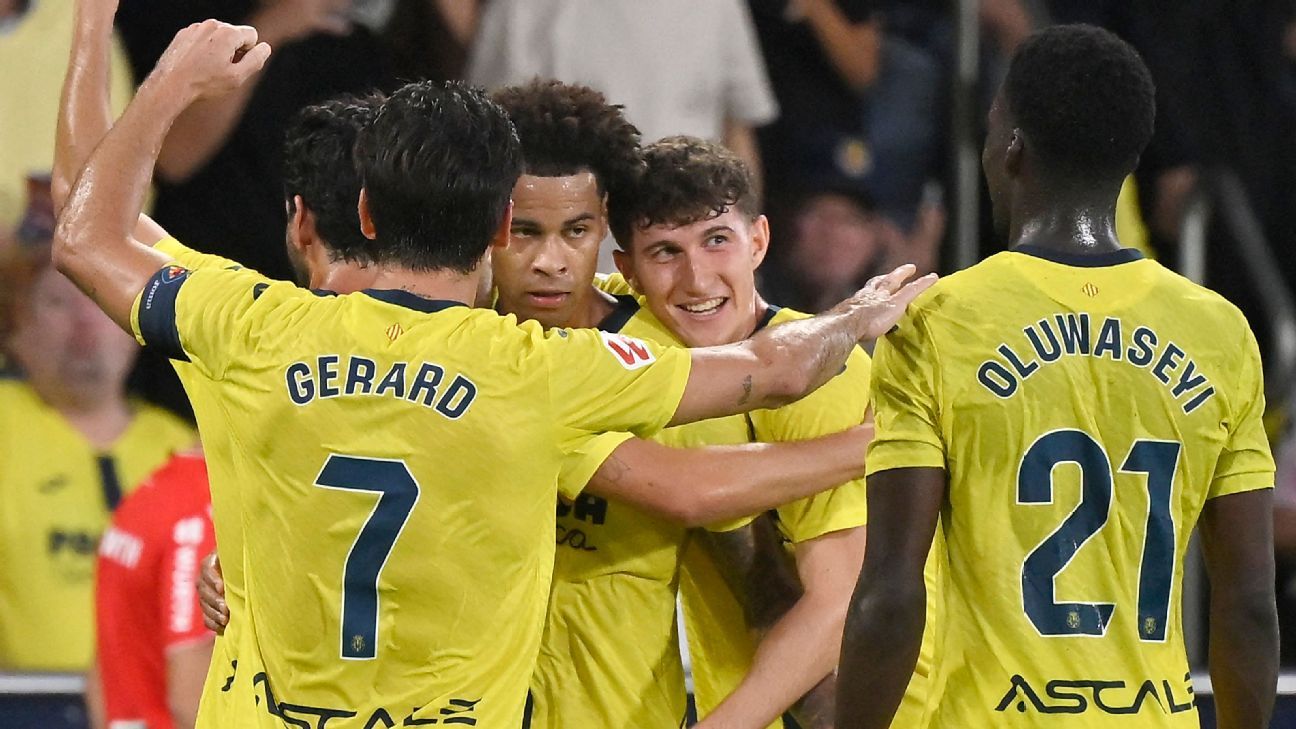
Valencia welcome high-flying Villarreal to the Mestalla as they look to move out of the bottom half of the LaLiga table.
Having made a stuttering start (2W 3D 4L), Valencia will be up against it against a Villarreal team…
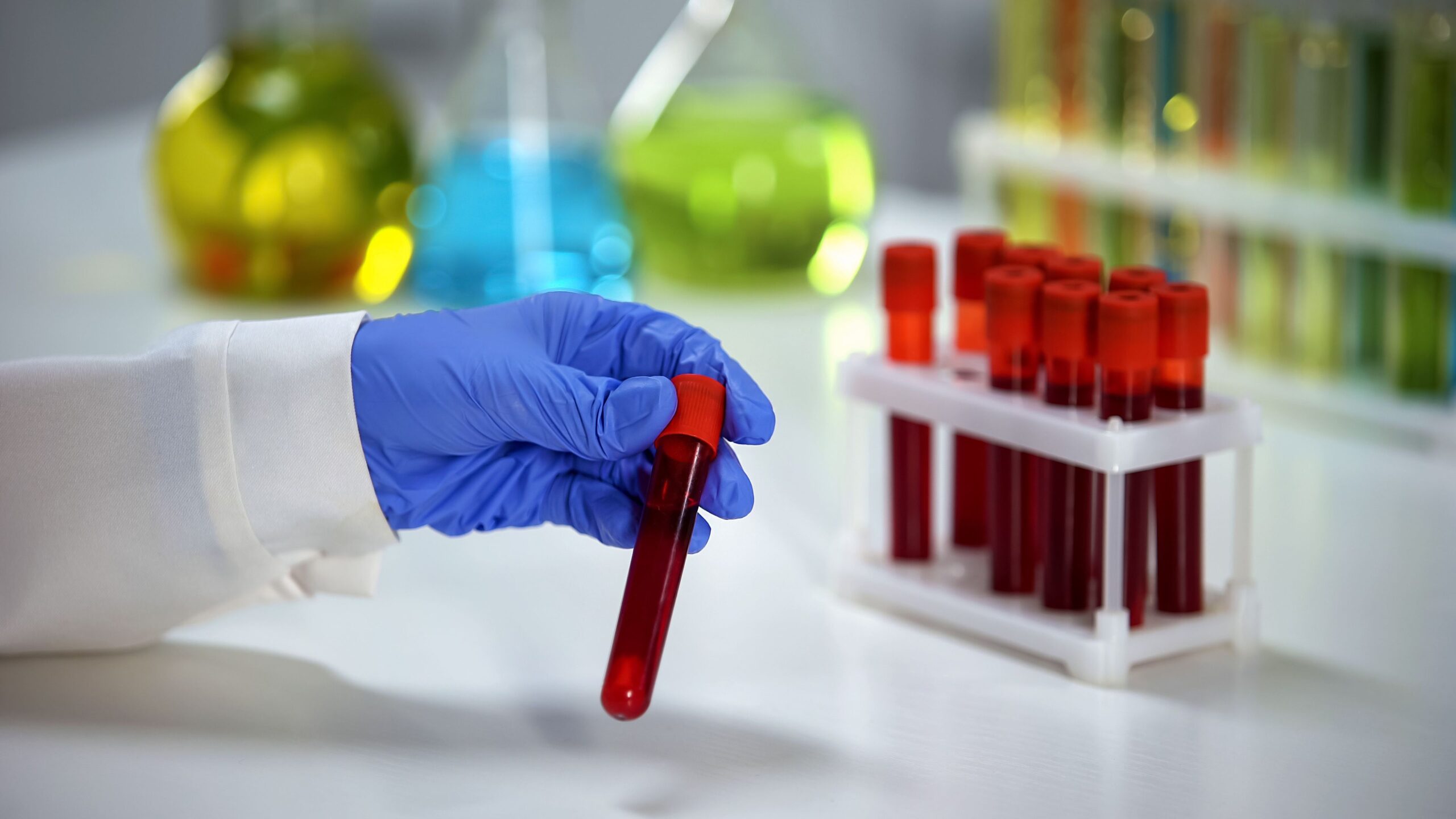
The United States Patent and Trademark Office has issued patent number 12,404,553 B2 for Laguna Diagnostics’ breakthrough rapid blood tests that accurately diagnose and differentiate schizophrenia and bipolar disorder.1 The patented method…

Words:
Nathan Chadwick
| Photography: Lamborghini
The 2025 edition of Esperienza Giro Toscana took place across the hills of Tuscany in early…
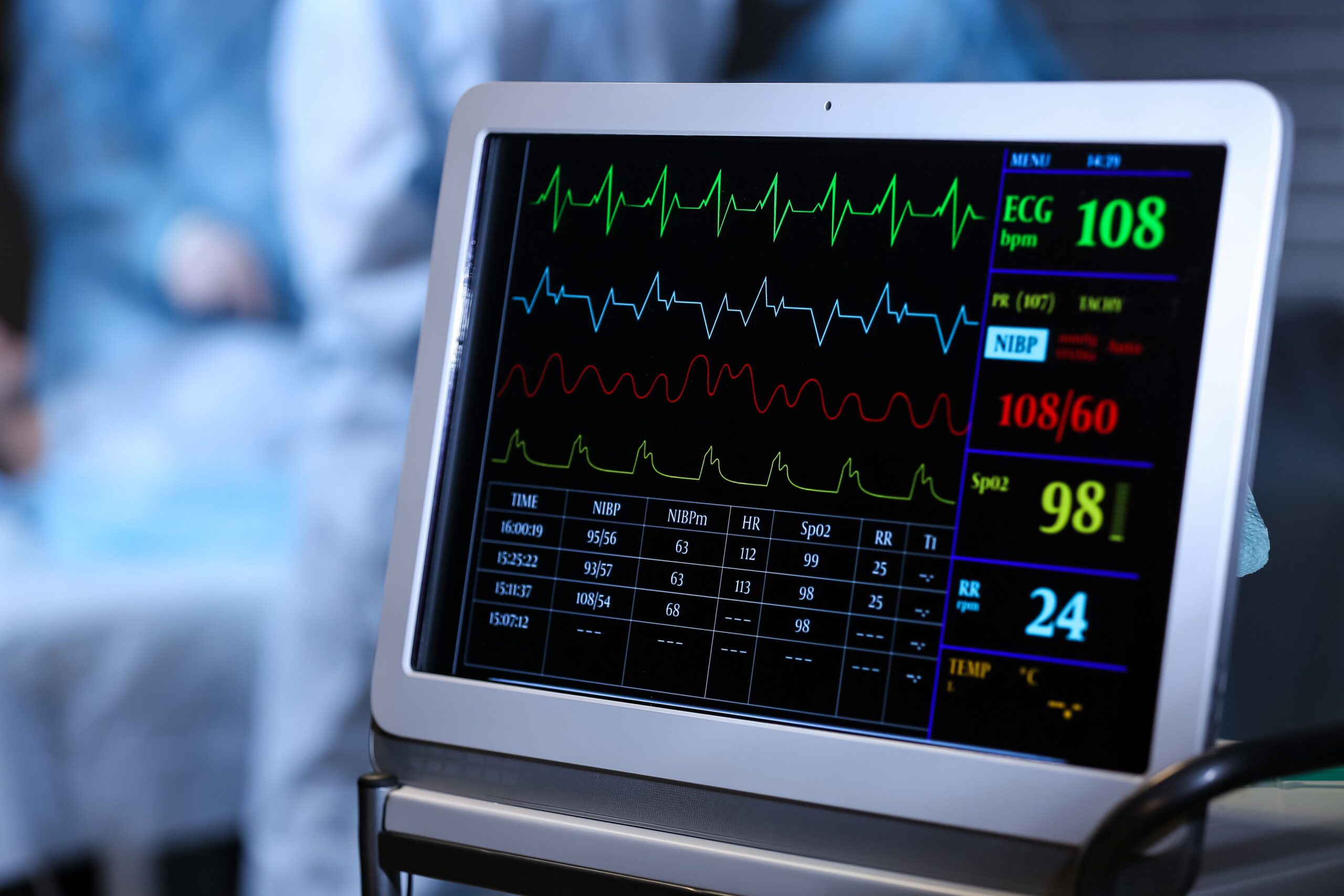
Heart rate variability (HRV) biofeedback training improved myocardial blood flow (MBF) in patients with coronary heart disease (CHD), according to a new study published in JAMA Network Open.1
HRV biofeedback, a stress-reduction intervention, can…
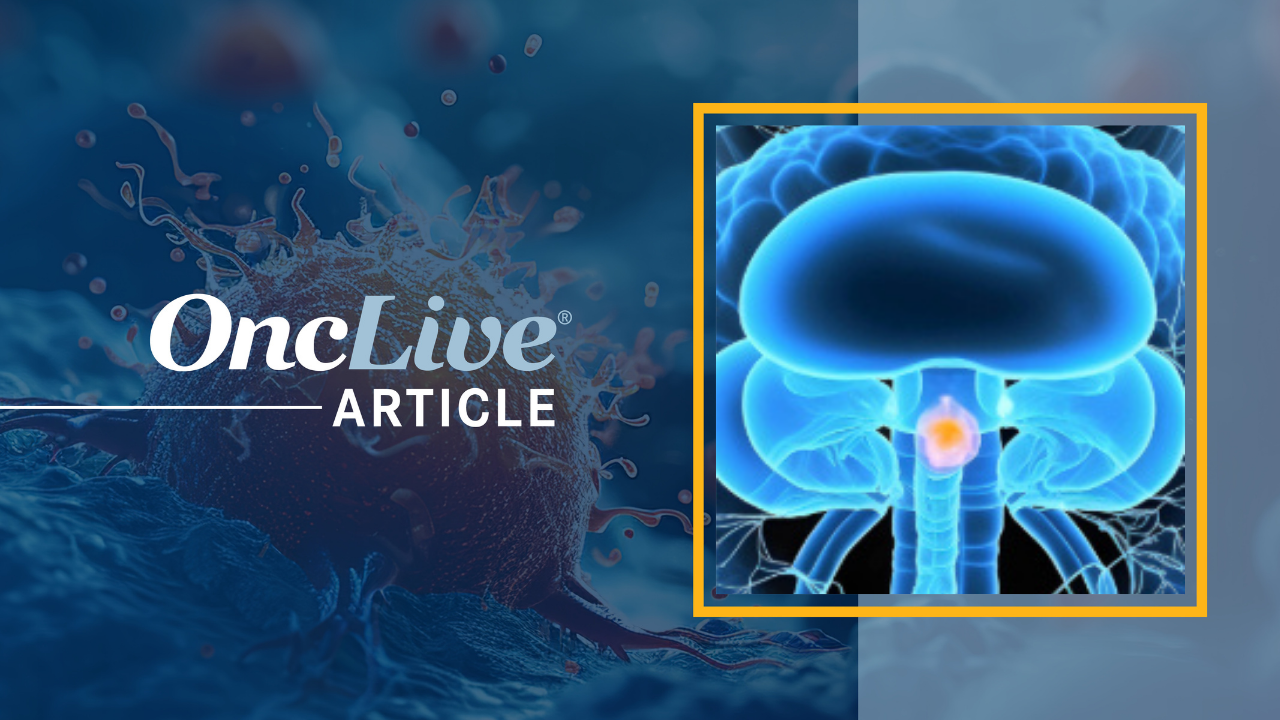
Fewer cycles of platinum-based chemotherapy improved patient-reported outcomes (PROs) vs a longer duration of therapy prior to maintenance avelumab (Bavencio) without compromising treatment efficacy in patients with advanced urothelial cancer, according to findings from the phase 2 DISCUS trial (NCT06892860) presented during the
Data from the study demonstrated that patients who received 3 cycles of chemotherapy (n = 98) experienced a mean change in The European Organisation for Research and Treatment of Cancer Core Quality of Life Questionnaire (EORTC QLQ-C30) global health status/quality of life (QOL) score of 0.0 (95% CI, –5.0-5.2) compared with –8.5 (95% CI, –14.1 to –2.9) among those who received 6 cycles (n = 104). The difference of 8.5 (95% CI, 0.7-16.3; P = .016) significantly favored the 3-cycle arm, meeting the primary end point of the study. Notably, no difference for time to deterioration in global health status/QOL score was observed between groups based on EORTC QLQ-C30 outcomes (HR 0.81, 95% CI 0.46-1.43).
“More patients [who received] 3 cycles of platinum-based chemotherapy went on to receive maintenance avelumab, which may facilitate long-term efficacy,” Enrique Grande, MD, the director of the Department of Medical Oncology at Quirónsalud in Madrid, Spain, and an adjunct professor at the University of Texas MD Anderson Cancer Center in Houston, said during the presentation. “The most important highlight coming from the DISCUS trial is that we can explore the need for [fewer] cycles of combination [chemotherapy] in the era of antibody-drug conjugates in metastatic urothelial cancer.”
DISCUS was an adaptive, open-label study that enrolled patients with locally advanced or metastatic urothelial cancer who were eligible for any platinum-based chemotherapy.1,2 Patients needed to have not received any prior systemic therapy for metastatic disease, have an ECOG performance statis of 0 to 2, and have no contraindications for immunotherapy. Other key eligibility criteria included being at least 18 years old, having measurable disease per RECIST 1.1 criteria, and having adequate hematologic and organ function.2
Eligible patients were randomly assigned 1:1 to receive 3 or 6 cycles of gemcitabine plus cisplatin/carboplatin.1 Patients in both arms also received maintenance therapy with avelumab for up to 2 years. Stratification occurred based on investigators’ choice of frontline chemotherapy (cisplatin vs carboplatin) and the presence of liver metastases (yes vs no).
The primary end points were changes in PROs per the EORTC QLQ-C30 global health status/QOL scale and overall survival (OS). Secondary end points included other PROs, safety and tolerability, progression-free survival (PFS), overall response rate, and best overall response.
At baseline, the median age in the overall population (n = 267) was 71 years (range, 44-91). Most patients were 65 years or older (73%), male (72%), did not have liver metastases (81%), had an ECOG performance status of 0 (73%), and received cisplatin plus gemcitabine (59%).
What were the additional efficacy and safety data?
Preliminary OS data showed that the median OS values were similar between the 3- and 6 cycle arms, at 18.92 (95% CI, 12.81-not reached [NR]) and 18.86 months (95% CI, 13.93-NR), respectively (HR, 1.15; 95% CI, 0.72-1.86; P = .56). Similarly, the median PFS was 8.0 months (95% CI, 6.70-11.89) vs 9.0 months (95% CI, 6.87-12.71), respectively (HR, 1.053; 95% CI, 0.725-1.527; P = .788).
Responses were also similar between the 2 arms. Response-evaluable patients who received 3 cycles of chemotherapy (n = 95) experienced a complete response (CR) rate of 13% and a partial response (PR) rate of 48%. The respective CR and PR rates in the 6-cycle arm (n = 100) were 13% and 46%.
In terms of safety, grade 1/2 treatment-related adverse effects (TRAEs) occurred at respective rates of 37% and 46% in the 3- and 6-cycle arms. Serious adverse effects (AEs; 35% vs 37%), grade 5 AEs (2% vs 0%), and discontinuation of chemotherapy due to TRAEs (2% vs 10%) were also reported. In the overall population (n = 1197), the most common any-grade TRAEs included anemia (9%), neutropenia (9%), nausea (8%), and fatigue (6%).
“We cannot claim noninferiority [in terms of OS] because of the trial design, [however] OS is still evolving. We will need more data with longer follow-up,” Grande said
Disclosures: Grande received honoraria for speaker engagements, advisory roles, or funding of continuous medical education from AbbVie, Adium, Advanced Accelerator Applications, Astellas, AstraZeneca, AVEO, Bayer, Bristol Myers Squibb, Clovis-Oncology, Dr. Reddy’s Eisai, Esteve, Eusa Pharma, GSK, IMVAX, IPSEN, ITM-Radiopharma, Janssen, Lilly, Merck KGaA, MSD, Novartis, Palex, Pfizer, Raffo, Roche, Rovi, and Tecnofarma. He received research grants from Astellas, AstraZeneca, IPSEN, Merck KGaA, Nanostring Technologies, Pfizer, and Roche. He has leadership roles in ENETS, ESMO, GETNE, Grupo Centro Tumores Genitourinarios, and GUARD consortium. He has stock or ownership interst in Amarin Corp, Bicycle Therapeutics, and Phamamar S.A.

New research has uncovered the ancient origins of an urban mosquito species, Culex pipiens form molestus, also known as the ‘London Underground mosquito’ – disproving a long-held theory of when it first evolved.
Published today…
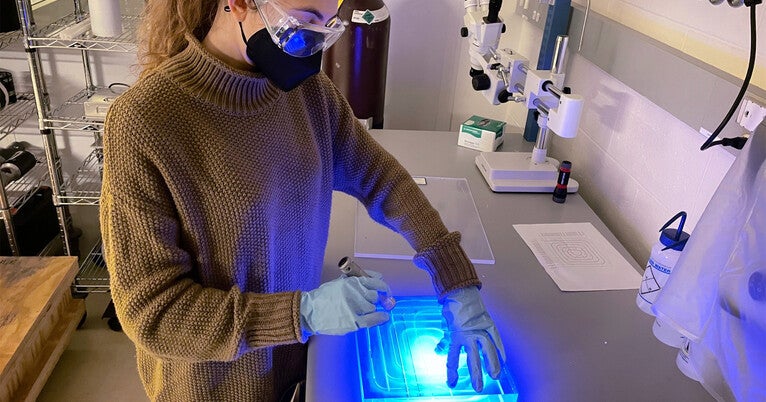
The experiment, led by the U.S. Department of Energy’s Lawrence Berkeley National Laboratory and featuring more than 20 research institutions, including Yale, began operations in 2017, after many years of planning and development.
CUORE will…
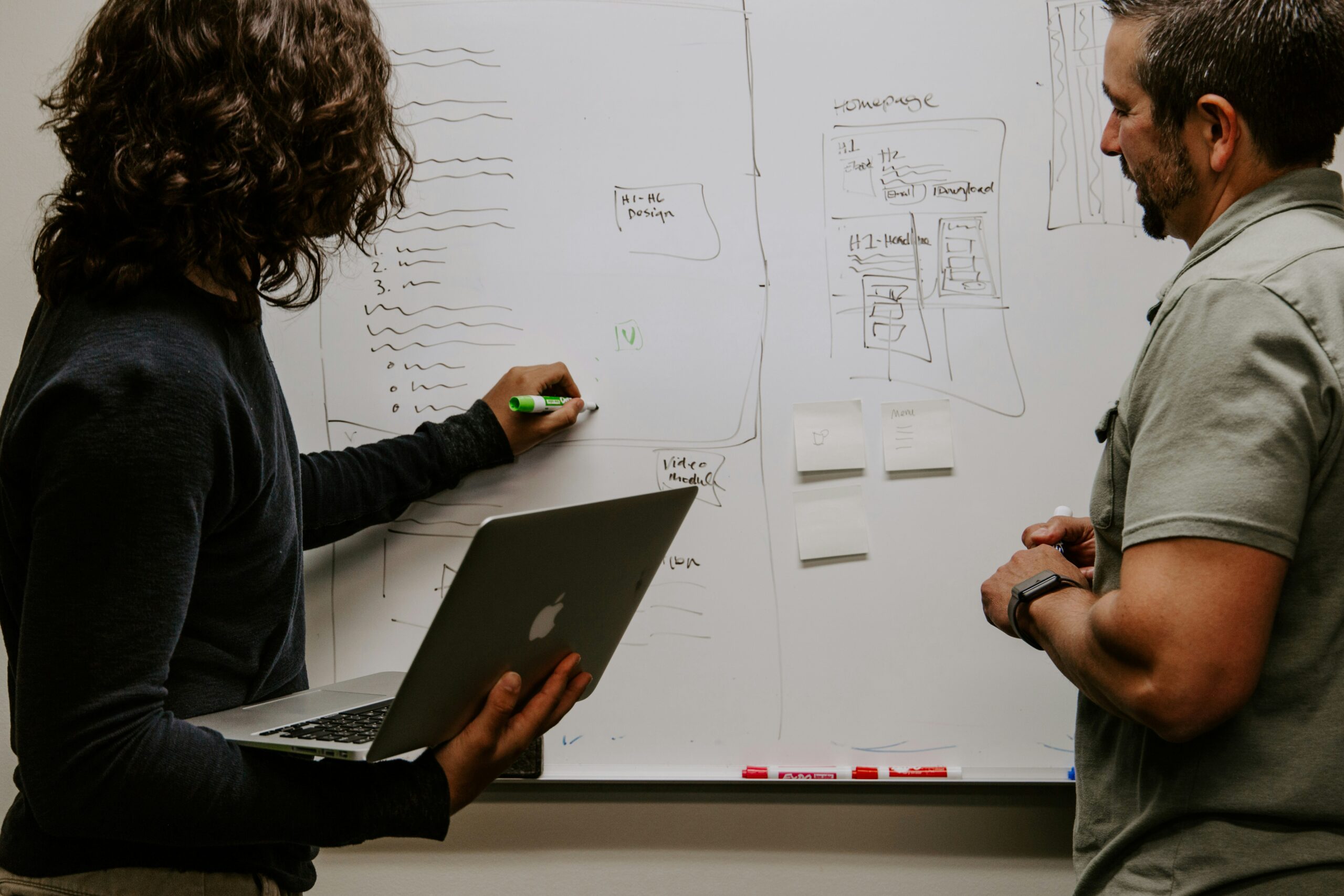
Researchers at Rice University have engineered living cells to use a 21st amino acid that illuminates protein changes in real time, providing a new method for observing changes within cells. The technique is effective in bacteria, human…
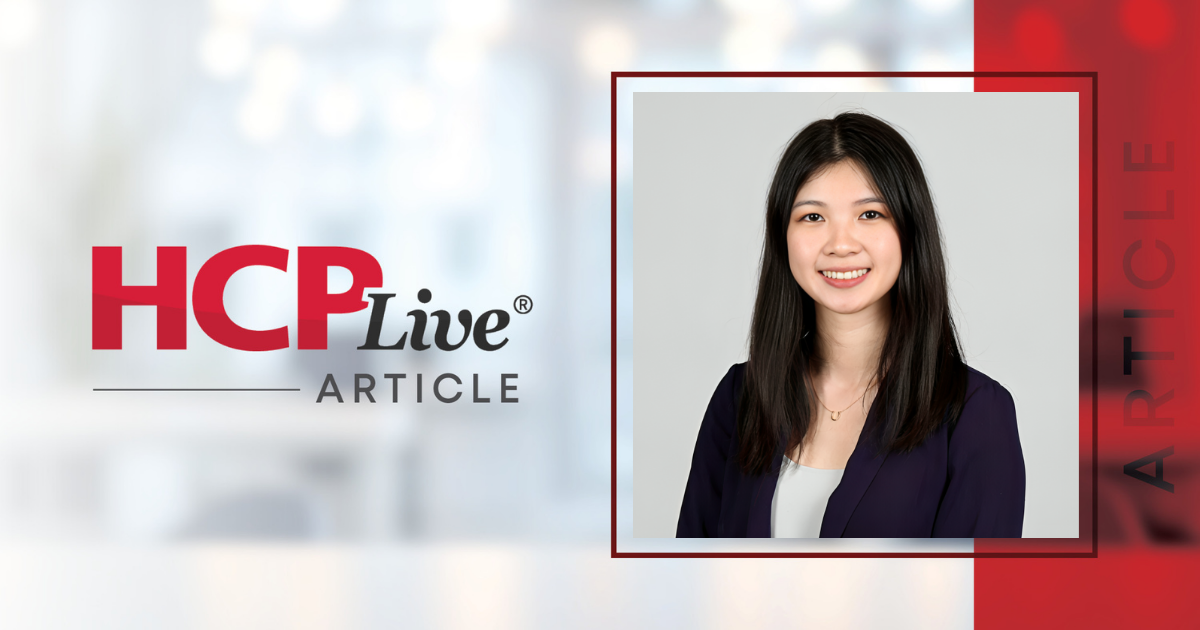
Comorbid anxiety symptoms may diminish the
“The negative effects of comorbid anxiety may, in part, be explained by greater baseline depression…
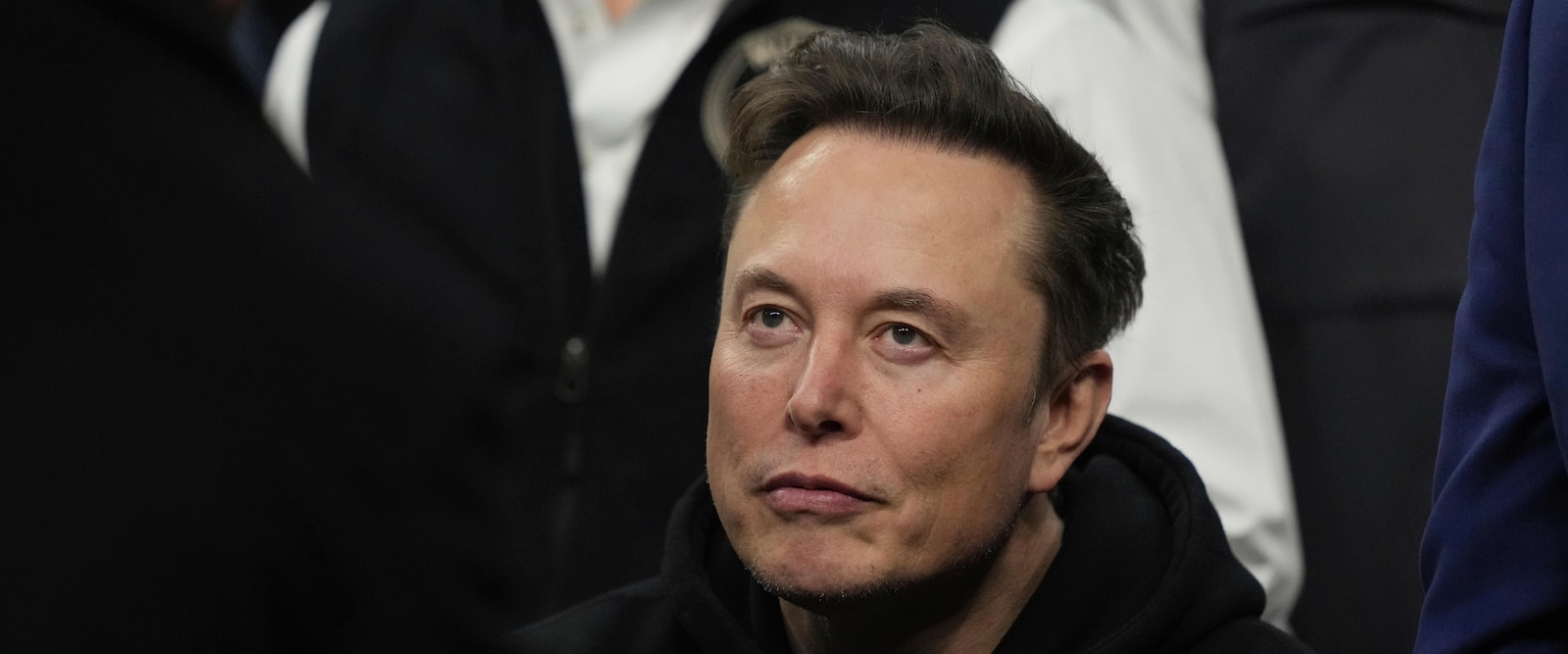
NEW YORK — NEW YORK (AP) — If someone left a government job with a black eye, literally, ran a company with shrinking profits, and suddenly had federal investigators crawling over their business, you might say they’re having a bad year.
But most people are not Elon Musk.
The world’s richest man has only gotten richer this year and shareholders at Tesla, his electric car company, may make him wealthier yet by approving a trillion-dollar pay package in a bet he will succeed with new plans for a “robot army” and other technological breakthroughs even as some past promises remain unfulfilled.
“The genius of Elon Musk is keeping investors focused on what the company might look in like 5 or 10 years — while ignoring very near-term challenges,” marvels Garrett Nelson of CFRA Research. Or put more bluntly by Zacks Investment’s Brian Mulberry, “Your average CEO would likely not survive this.”
Musk started out the year with a side hustle — promising to cut $2 trillion in government spending as head of President Donald Trump’s Department of Government Efficiency, before cutting that pledge in half. In the end, DOGE posted only $240 billion in savings, according to its own notoriously unreliable estimates, and it’s not even clear those savings will hold as the Trump administration scrambles to refill many essential jobs DOGE cut that it shouldn’t have.
“There is a pattern of them announcing great big firings, and then turning about and saying, ’No, that’s a mistake,’” said Elaine Kamarck, a Brookings Institute senior fellow who has compiled a list of 17,000 positions being refilled. “They cut without a plan, without regard to function.”
Musk used the same slash-and-burn tactics after he took over Twitter and evidence of that backfiring has emerged this year, too.
In the past two months, he’s settled a pair of lawsuits filed by 2,000 former Twitter employees and executives alleging that they were pushed out under false pretenses or never given severance as promised. The amount the ex-workers got was undisclosed, but if they received even a fraction of the combined $628 million they were demanding, the cost will cut deeply for a company whose advertising has plunged since his takeover.
More bad news for Musk came Wednesday when Tesla announced earnings had plunged 37% in the third quarter. Vehicle sales rose 6% as customers rushed to take advantage of a federal tax credit before it expired last month, but the figure for the full year is expected to drop significantly as car buyers turned off by Musk’s right-wing political stances have boycotted the business.
This time a year ago Musk was telling investors sales could grow 20% to 30%.
The stock fell earlier this year as the bad news piled up. But after Musk appeared in the Oval Office in May for his farewell to DOGE sporting a shiner, it has doubled and is now posting a year-to-date gain of nearly 9% after the close of regular trading Wednesday. His net worth has also jumped — up $62 billion this year to $483 billion, according to Forbes magazine.
Investors are mostly buying Musk’s line that plunging car sales don’t matter as much now because the future of the company lies more with his new driverless robotaxis service, the energy storage business and building robots for the home and factory. To make his task worth while, Tesla’s directors are asking shareholders to sign off on his enormous new pay package at an annual meeting next month.
But there are big questions surrounding these endeavors, particularly the driverless cabs.
Musk’s robotaxis, which began picking up passengers in Austin, Texas, and San Francisco this summer, can’t yet be called driverless because they still require “safety monitors” who are ready to seize control in case something goes wrong, which occasionally happens. One of them drove down the opposing lane, for example.
The robotaxi plans need approval from regulators in various states even as the ones in Washington have swarmed the company.
They’ve opened four investigations into Tesla so far this year, including one into why it hasn’t reported accidents involving its self-driving software quickly to the government as required. Another launched earlier this month is looking into dozens of reported accidents in which Teslas using self-driving software ran red lights and broke other traffic rules, occasionally crashing into other vehicles and causing injuries.
Musk has disappointed before, talking big and missing deadlines repeatedly, only to deliver for shareholders eventually. Tesla investors who held on through a tough 2018 as the company struggled to produce its Model 3 vehicle at a profit, eventually saw their stock soar as sales jumped.
One money manager who rode that earlier surge then bought again earlier this year, says she’s confident Musk’s magic is still there and he can pull off the seemingly impossible again.
“He frequently teeters on the edge of disaster,” said Nancy Tengler in a statement, “and then pulls back just in the nick of time.”
One difference now is most other Tesla investors also believe this and have bought up the stock, leaving little room for error.
Shares of U.S. companies in the S&P 500 index are valued at 24 times what investors expect them to earn next year. By contrast, Tesla is trading at 250 times expected profits, enough to make you believe that Musk, instead of having a very bad year is having a spectacular one.